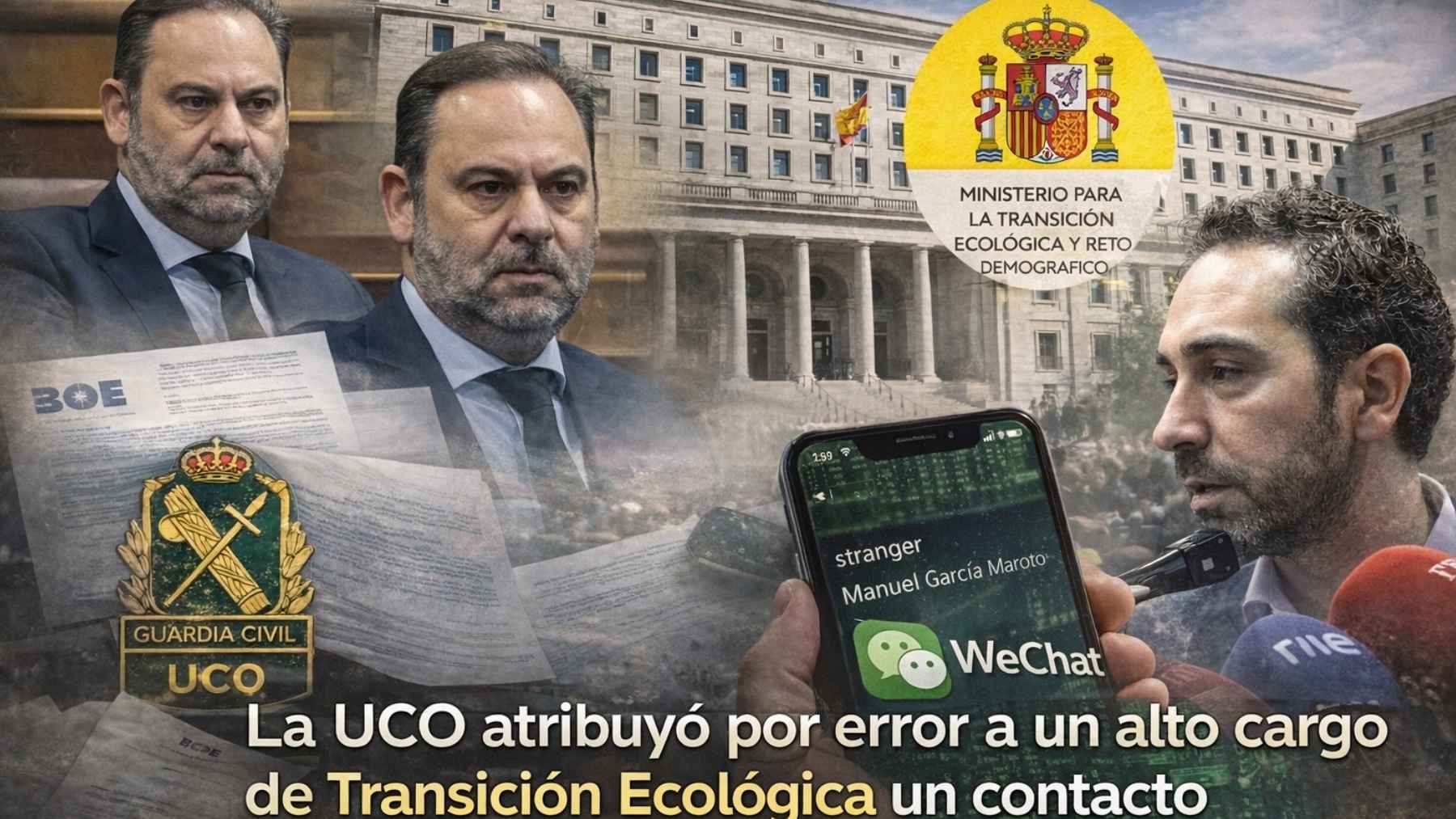The initiative outlines seven areas where the government could cut costs or overhaul programs to save taxpayers’ money. The annual structural budget deficit stands between $500 billion and $700 billion, the group said.
«Our report contains straightforward, proven ways to pare back $1 trillion from the deficit while increasing productivity and enabling sustainable competitiveness,» said Michael Dell, chief executive of Dell Inc.
«We’re serious about helping to provide solutions for the mounting debt crisis, and we’re optimistic that changes today will help lay the foundation for future job growth and innovation for our country,» he continued.
The group suggested that the government must consolidate data centers to reduce information technology costs. The United States currently spends approximately $76 billion annually on data centers. By merging information technology infrastructure, it could save $150 billion to $200 billion over the next 10 years.
Cloud computing is one method that can lead to significant costs savings in data centers. A concept that took off in late 2007, it allows computing resources to be moved to the Internet rather than stored on a local computer.
According to a Brookings Institution report, cloud computing can lead to 25 percent to 50 percent in energy savings associated with information technology operations. The British government estimated that it could cut £3.2 billion ($4.8 billion) from a £16 billion annual information technology budget through cloud computing, and if the Obama administration will follow suit, it would be able to save $16 billion a year.
The organization also recommends standardizing the government’s supply chains, which could save approximately $500 billion over a decade. Federal agencies and departments buy approximately $550 billion worth of goods and services each year, each with different procurement processes.
Advanced business analytics also plays a key role in the council’s plan. Around $200 billion could be saved by 2020 if disbursements, such as federal grants, tax refunds and Medicare payments, were analyzed and re-evaluated.
In 2008, the United States lost $72 billion to improper disbursements, according to the Government Accountability Office. Analytics could reduce those losses significantly.
Exchanging paper-based processes for digital records management for its federal forms can save the government $50 billion, while selling or auctioning off many of the 14,000 excess buildings and 55,000 underutilized buildings in the federal inventory can lead to $150 billion in savings, the group noted.
All in all, the council seems confident that its plans could net the government savings amounting to $920 million to $1.17 billion over the next 10 years, even though people might disagree over the speed of the plan and that ideas do not always translate to actual practice.
“Governments in the United States and around the world have made tremendous progress in the area of applying information technology to improve efficiency,” said Bruce Mehlman, executive director of the council.
“Best of all, the solutions the [Technology C.E.O. Council] is proposing do not require new legislation – they can start today – leading to innovation and long-term economic growth.”
The Technology C.E.O. Council was founded in 1989 and comprises some of the United States’ largest employers such as Motorola Inc., Intel Corporation and Applied Materials Inc. Member companies generate $250 billion in annual revenues and employ over 700,000 workers.





















